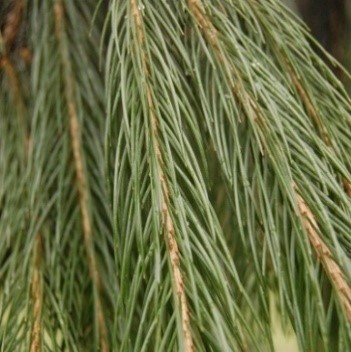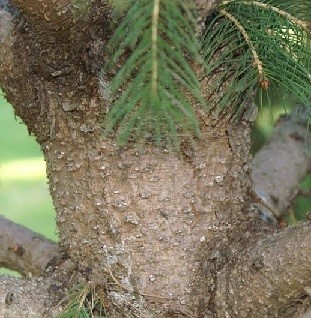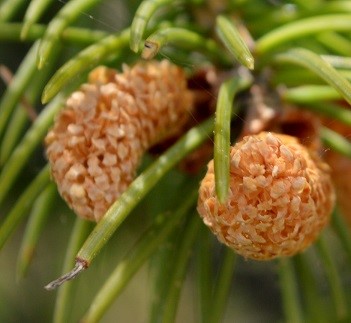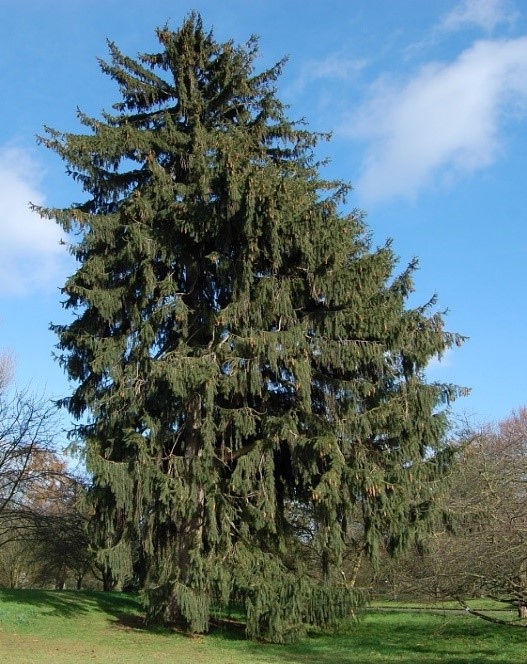Trees
Picea smithiana (Wall) Boiss
Picea smithiana (Wall) Boiss
Description :
A
large, evergreen, tree 30 to 45 m tall with diameters of 0.8 to 1.1 m. In the
open the branches extend to the ground forming a conical crown. In dense stands
it self-prunes leaving a clear bole. Branches are whorled with a drooping
appearance. The leaves are needlelike 2.5 to 4 cm long, arranged around the
branch. The bark is greyish brown forming into plate like scales with age. It
is monoecious. The male flowers or cones are solitary on the ends of branches.
The female flowers are erect at the ends of the branches, pendulous when
mature, 10 to 15 cm long and 2.5 to 5 cm wide. The cones bloom between April
and May. The fruit is the female cone. As the cone ripens it turns to a brown
color. The seed in the-cone takes a full year to mature after pollination and a
full 2 years for the reproductive cycle to be completed. There are two-winged
seed beneath each cone scale. Seed is shed in October. It is susceptible to a
number of wood rotting fungi and needle rust and is, sometimes gnawed by
squirrels and porcupines. It is reproduced from seed. Seed viability is
variable from 22 to 65 percent. Seed will remain viable for an extended period
in cold storage. Good seed years are infrequent. It yields 4 to 6 m3/ha/yr.
Grain is straight, medium fine and
even textured. Sapwood is white or light brown, with light, moderately hard
strength having specific gravity of 0.46 and a calorific value of 4900 kcal/kg.
Distribution :
The
tree is native to the Himalayas in Pakistan, India, Afghanistan, and Nepal. It
is found at high elevations in Azad Kashmir, Murree Hills, Hazara, Swat, Dir,
Kurram Agency and Chitral. A moderately intolerant tree that grows in some
shade. It grows on a variety of soils from sandy loams to loams, which have
formed from various parent materials, mica schists, shales, gneiss and
limestone on steep, cool, northern exposures and in valleys. It is adapted to a
precipitation zone of 1000 to 2500 mm/yr. It prefers a humid semi-arid, cold
temperate climate with a temperature range of -20 to 35°C at elevations between
2100 to 3600 m.
Uses :
It’s
a valuable member of the coniferous forest. The wood is in demand resulting in
over cutting. Natural regeneration is difficult to obtain, and planting is necessary
to ensure that it remains a member of future forests. Also used in construction,
fuel, railway sleepers, packing cases, pulp, and mulch.



